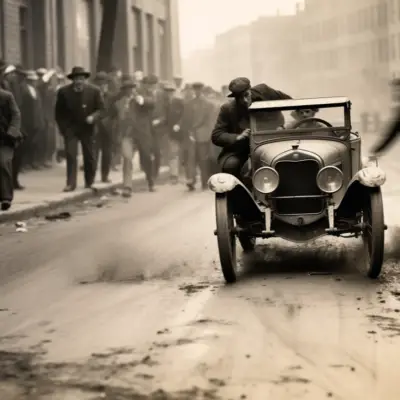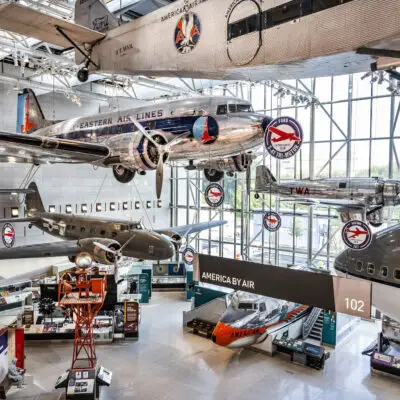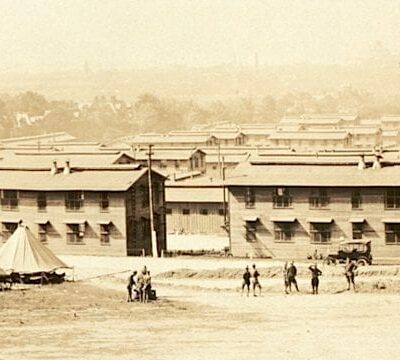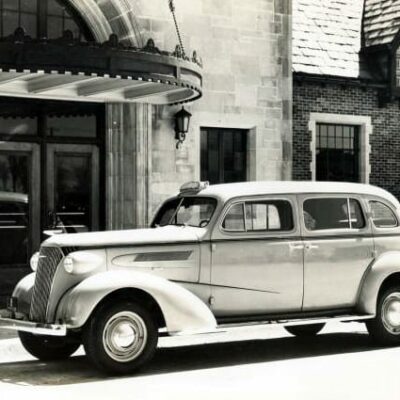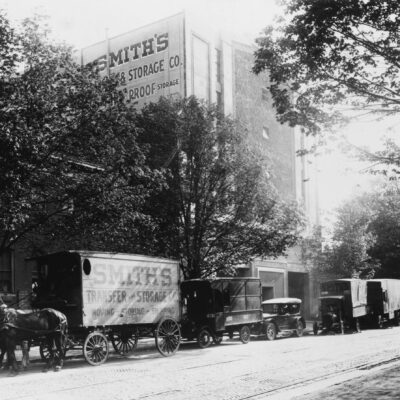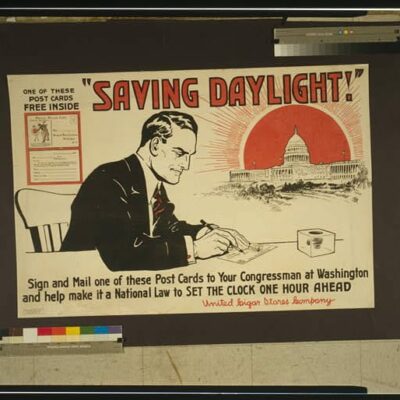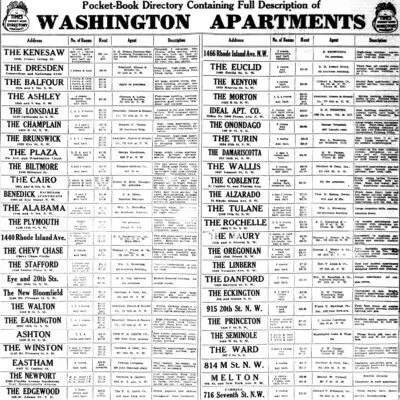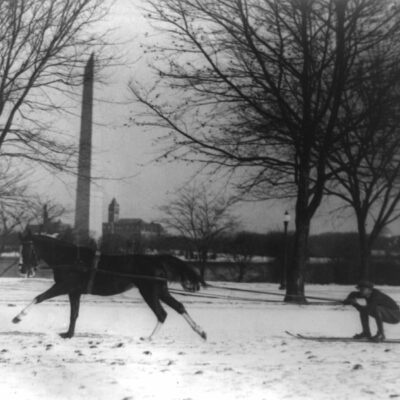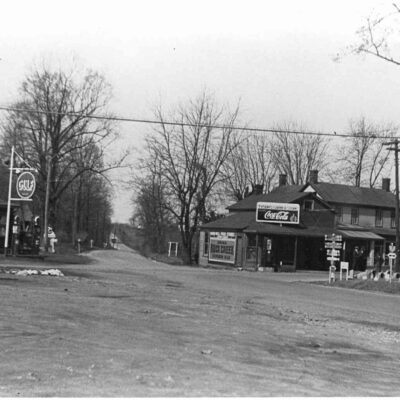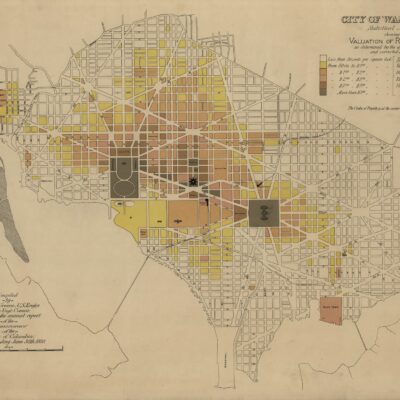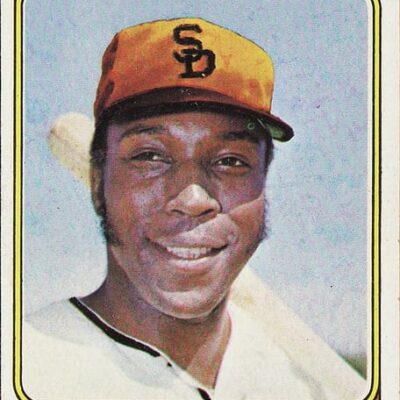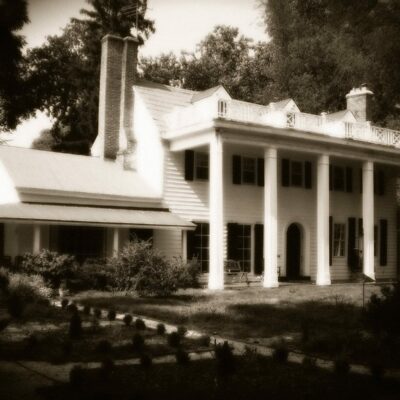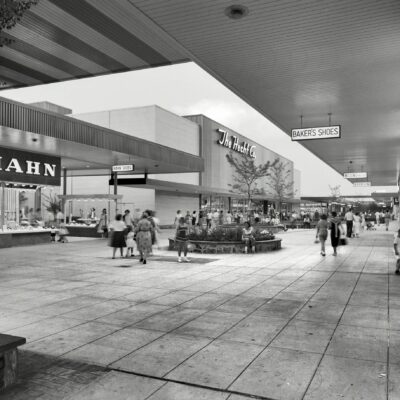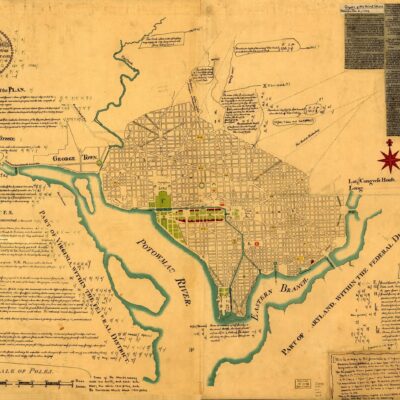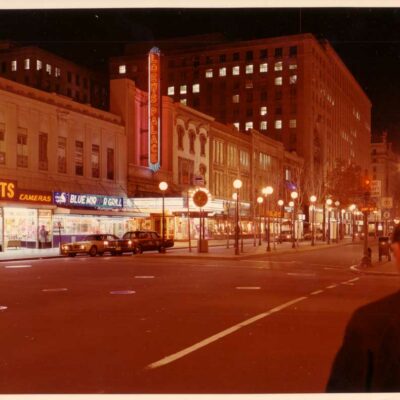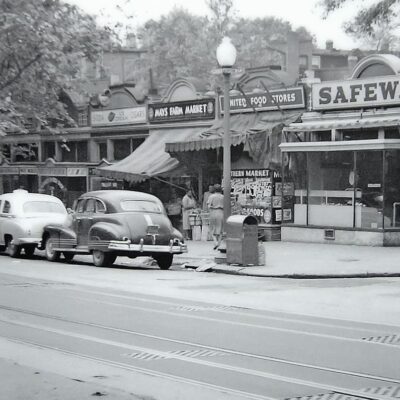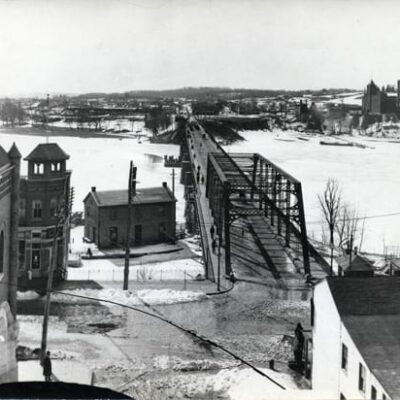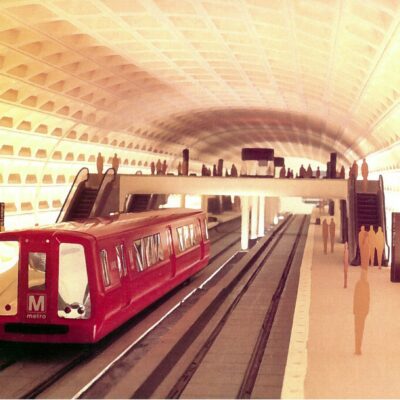Much to our surprise, when doing some research on Metro and subway history in our city, we came across and article printed in The Washington Times on Sunday evening, February 25th, 1912 (Just about six weeks before the Titanic disaster).
What was fascinating began with the lede: “Great Down Town Subway Planned for the Capital.” Wait, what? In 1912?
According to the piece, the District Commissioners were going to push for a subway, including an underground terminal at 15th and Pennsylvania Ave. NW in a report sent to the Senate.

Our city would be quite different had this come to fruition. Below is an excerpt from the article detailing the plan.
The objective was largely to rid the city of the complicated and dangerous congestion downtown putting most of the lines underground, with an entrance on 15th St. near the Treasury Department, where a streetcar would enter the tunnel and turn left into another tube under Pennsylvania Ave. Another line would run under 17th St. east of the White House, up Connecticut Ave. until it emerged past Farragut Square.
Establishment of a great underground terminal about the intersection of Fifteenth street, Pennsylvania avenue, New York avenue and G street.
Subway mains to lead out from this terminal for several blocks on each of the streets carrying car lines–Fifteenth street, Pennsylvania avenue, New York avenue, H street, G street, Fourteenth street, and Seventeenth street, on which the plan contemplates a new north south car line.
-ad 197-All cars are to be brought to this central terminal, both city and suburban.
Surface cars are the be entirely removed from the streets throughout the area covered by the terminal and radiating subways, thus relieving the congestion of traffic in that part of the city and adding greatly to the appearance and comfort of one of the most important sections of town, in the neighborhood of the Treasury, White House, and Judiciary square.
The cost projections at the time were about $5 million, which is around $120 million today. That’s not bad considering the over-budget and very delayed Silver Line project to Dulles costing over $1.6 billion.
One major challenge to this was of course the fact that the streetcar lines were run by private companies, and creating a competing service, funded by the government underground, would seriously damage the streetcar business. The proposed solution to this was resurrecting the talk of consolidating the big streetcar companies — the Washington Railway and Electric Company with 109 miles of track and the Capital Traction Company with 54 miles of track — and leasing the underground system to one of them.
Check out what the proposed lines looked like in a map published in the same article. As you can see, the vast majority of the lines were submerged near the White House.
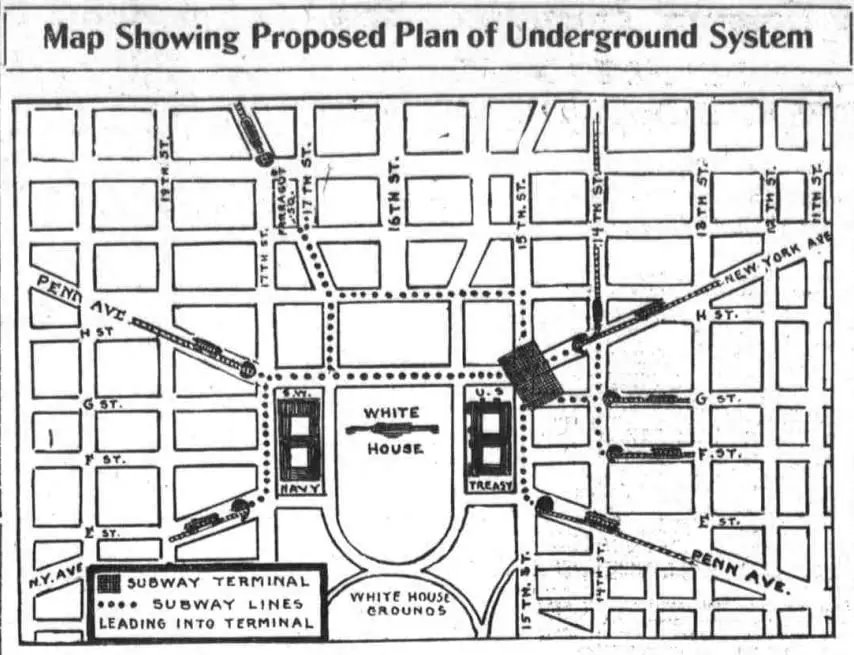
On August 8th, 1918, Democratic Senator Joseph F. Johnston from Alabama, introduced a bill to incorporate the Capital City Subway Company and authorize the construction of the Washington subway system, to be connected with the existing surface system. The company was authorized to charge five cents per fare or six fares for 25 cents.
Interestingly, in the following day’s newspaper, it was reported that the District Commissioners were against Johnston’s bill due to differences with their original report to Congress on the need for a subway. Some letters to The Washington Times from Washingtonians mentioned that putting lines underground would be ill-advised because Washington is a tourist town, and people often ride the streetcars for the enjoyment of the views.
Alas, no great Washington subway was built in 1912 as Johnston’s bill didn’t pass and the Commissioners could not push further proposals through Congress. We would be without a subterranean rail system for 64 more years when Metro opened in 1976.
Much to our surprise, when doing some research on Metro and subway history in our city, we came across and article printed in The Washington Times on Sunday evening, February 25th, 1912 (Just about six weeks before the Titanic disaster).
What was fascinating began with the lede: “Great Down Town Subway Planned for the Capital.” Wait, what? In 1912?
According to the piece, the District Commissioners were going to push for a subway, including an underground terminal at 15th and Pennsylvania Ave. NW in a report sent to the Senate.
The objective was largely to rid the city of the complicated and dangerous congestion downtown putting most of the lines underground, with an entrance on 15th St. near the Treasury Department, where a streetcar would enter the tunnel and turn left into another tube under Pennsylvania Ave. Another line would run under 17th St. east of the White House, up Connecticut Ave. until it emerged past Farragut Square.
Our city would be quite different had this come to fruition. Below is an excerpt from the article detailing the plan.
Establishment of a great underground terminal about the intersection of Fifteenth street, Pennsylvania avenue, New York avenue and G street.
Subway mains to lead out from this terminal for several blocks on each of the streets carrying car lines–Fifteenth street, Pennsylvania avenue, New York avenue, H street, G street, Fourteenth street, and Seventeenth street, on which the plan contemplates a new north south car line.
All cars are to be brought to this central terminal, both city and suburban.
Surface cars are the be entirely removed from the streets throughout the area covered by the terminal and radiating subways, thus relieving the congestion of traffic in that part of the city and adding greatly to the appearance and comfort of one of the most important sections of town, in the neighborhood of the Treasury, White House, and Judiciary square.
-ad 607-
The cost projections at the time were about $5 million, which is around $120 million today. That’s not bad considering the over-budget and very delayed Silver Line project to Dulles costing over $1.6 billion.
One major challenge to this was of course the fact that the streetcar lines were run by private companies, and creating a competing service, funded by the government underground, would seriously damage the streetcar business. The proposed solution to this was resurrecting the talk of consolidating the big streetcar companies — the Washington Railway and Electric Company with 109 miles of track and the Capital Traction Company with 54 miles of track — and leasing the underground system to one of them.
Check out what the proposed lines looked like in a map published in the same article. As you can see, the vast majority of the lines were submerged near the White House.

On August 8th, 1918, Democratic Senator Joseph F. Johnston from Alabama, introduced a bill to incorporate the Capital City Subway Company and authorize the construction of the Washington subway system, to be connected with the existing surface system. The company was authorized to charge five cents per fare or six fares for 25 cents.
Interestingly, in the following day’s newspaper, it was reported that the District Commissioners were against Johnston’s bill due to differences with their original report to Congress on the need for a subway. Some letters to The Washington Times from Washingtonians mentioned that putting lines underground would be ill-advised because Washington is a tourist town, and people often ride the streetcars for the enjoyment of the views.
Alas, no great Washington subway was built in 1912 as Johnston’s bill didn’t pass and the Commissioners could not push further proposals through Congress. We would be without a subterranean rail system for 64 more years when Metro opened in 1976.
